Introduction
Our client in this customised forecasting training case study ranks among the top 20 pharmaceutical companies globally. With operations across more than 100 countries, the company addresses critical healthcare needs, specialising in the development and production of pharmaceutical drugs, vaccines, and animal-health products.
Identified Challenges
The primary challenge faced by the client was the inconsistency in forecasting expertise and experience across their global business. They sought to standardise forecasting practices through an interactive, virtual training programme. The training needed to cover the basics and gradually build on these foundations to ensure a uniform understanding across the global teams. Key requirements included:
-
Basic principles of forecasting
-
Progressive learning to avoid information overload
-
Opportunities for attendees to digest and apply new knowledge between sessions
-
Structured Q&A sessions to address queries without pressure
Customised forecasting Training Programme
We embarked on a meticulous implementation process, using steps for success:
-
- Training Requirements: We conducted detailed reviews and consultations with key stakeholders to refine and update our training content, ensuring its relevance and alignment with the client’s needs.
- Material Development: Collaborating closely with the client, we tailored the content for each weekly training session. The live models used during the training to evidence each principle was a blend of client models and J+D models. The case study was developed to target a specific therapy area and drug in development. We structured the case study exercises and supplementary materials to cater to a broad range of needs.
- Training Delivery: Delivered over 6 weeks, each session included interactive elements to engage and educate attendees effectively. To prevent overload or fatigue which can come with long online meetings, we tailored the training to be delivered in 2-hour sessions. Time was allocated for Q&A sessions at both the beginning and end of each session.
- Training Assessment: To quantify the training programme’s impact, we conducted pre and post training assessments. Additionally, short interviews with key stakeholders provided insights into the strengths and challenges of the client’s forecasting process, allowing us to tailor the training further. The case study was also introduced to the audience in ‘bitesize’ sections after each completed training session so that they could complete this before the following week’s training began. This modular approach helped to break down the case study into more a manageable practical activity.
Why They Chose Our Solution
The decision to implement our training programme was driven by a regional initiative to upskill those involved in forecasting across all APAC regions and countries.
The client recognised our expertise in forecasting, plus previous interactions with J+D had already established a positive relationship, making us their preferred choice.
Advantages of Our Solution
-
Deep knowledge and expertise in forecasting.
-
Trusted and reliable brand.
-
Interactive and advisory approach, not just informational.
Sessions included all forecasters and relevant teams across regions, starting at a novice level and building up for comprehensive learning. Interactive elements like quizzes and polls encouraged participation and anonymous response sharing. Breakout rooms were also used to facilitate smaller, focused discussions and exercises.
The programme significantly increased the team’s forecasting knowledge, expertise, and understanding. It provided a safe space for questions and discussions, using company-specific case studies to make the training relatable. Feedback highlighted the training’s effectiveness in building confidence and improving forecasting accuracy.
Training Evaluation Score

It was very helpful and I would recommend it to my team members.
Training Impact
Immediate Benefits
The training received positive feedback from the client, who appreciated the structured, interactive approach. Notable improvements were observed in attendees’ understanding of forecasting principles and methodologies. The training helped:
-
Establish a consistent baseline knowledge and understanding across teams.
-
Promote standardised forecasting practices.
-
Encourage challenging existing practices and sharing best practices internally.
-
Increase confidence and accuracy in future forecasts.
Overall Feedback Score

Excellent trainers. Excellent content and you have made it very clear and understandable.
Net Promotor Score (NPS)

Congratulations for the clarity, the practical exercise was a plus that helped settle what was explained.
Long-term Impact
The initial success led to a request for additional training sessions. The aftersales support included sharing self-assessment scores and feedback to demonstrate the training’s impact. The training programme had helped teams feel valued and appreciated, and there was a desire to continue building on this momentum with further upskilling opportunities.
Specific expansions included:
- A new operational case study focused on short-range forecasting.
- A case study on launch model fundamentals for new product launches.
- Additional modules, such as an advanced conversion module for learners looking to deepen their forecasting skills.
Conclusion
Our customised, virtual forecasting training programme has significantly enhanced the forecasting capabilities of one of the world’s leading pharmaceutical companies. By standardising knowledge and practices, the programme has enabled the client to achieve greater accuracy and consistency in their forecasts, ultimately contributing to better business outcomes. The positive feedback and subsequent commissioning of further training sessions underscore the value and impact of our tailored training solutions.




